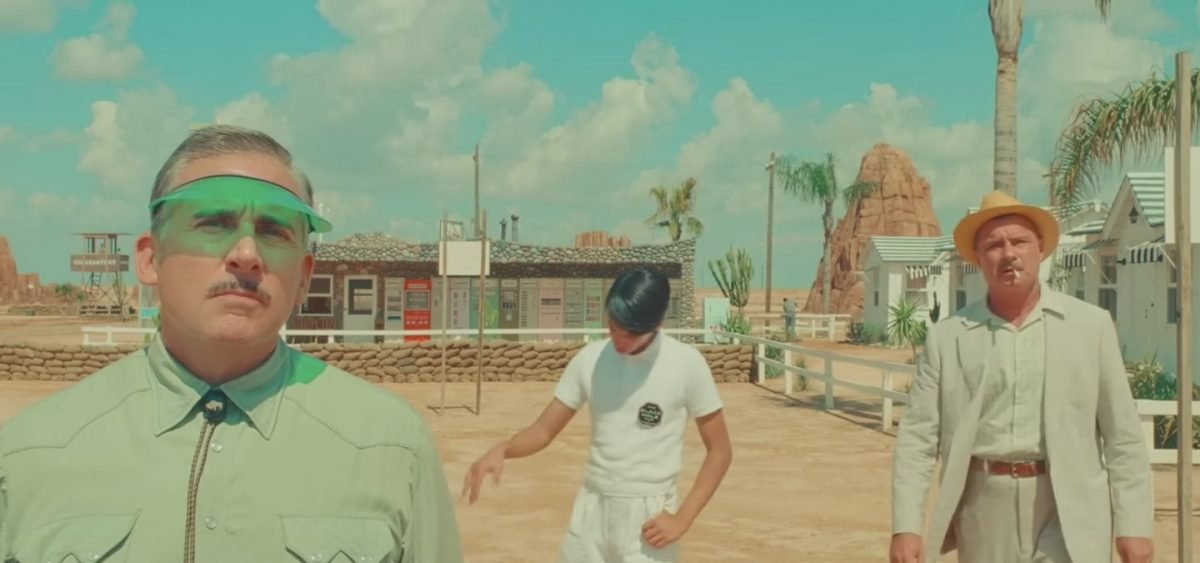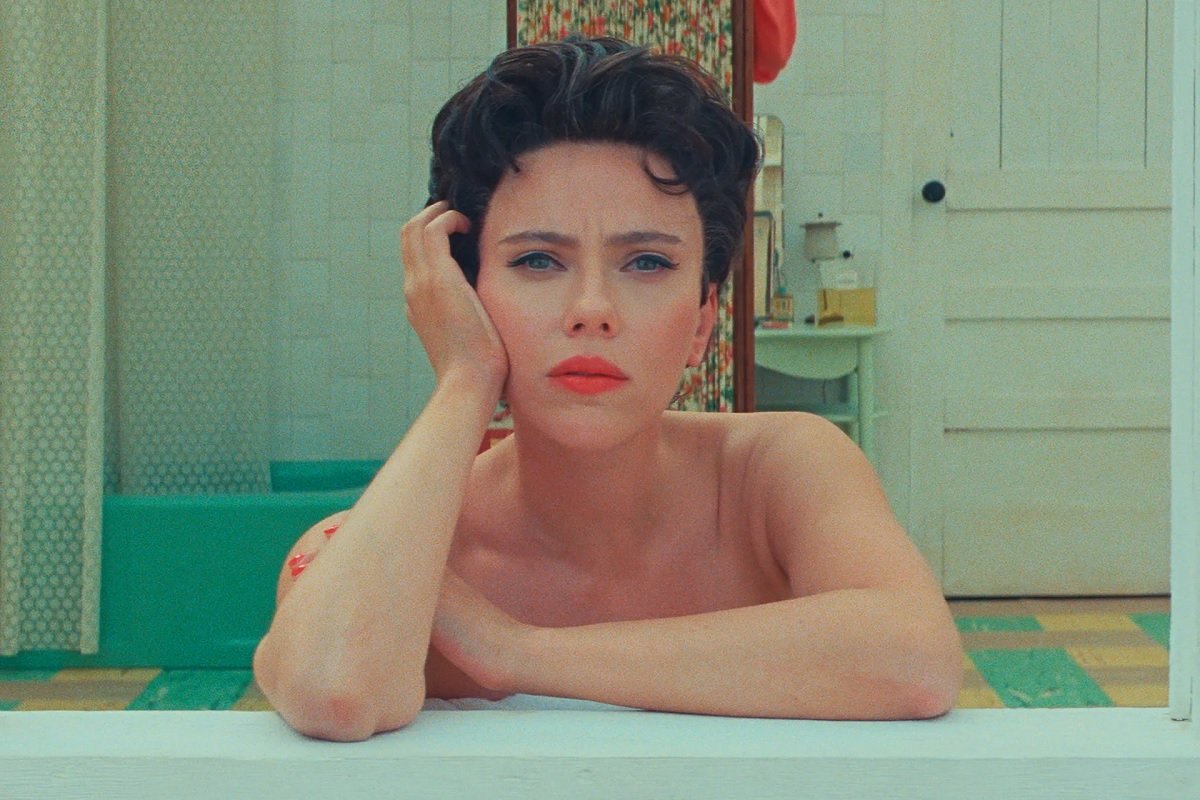Wes Anderson is a vibe. People always know what they’re going to get with a Wes Anderson movie, and a lot of people like to slag him off because of that. But what’s wrong with having a distinct style? Why shouldn’t filmmakers have their thing to make them stand apart? Almost since his very first film, 1996’s Bottle Rocket, he’s played with the inherently artificial nature of cinema as an artform. In the course of his next 10 films—and 27 years—Anderson’s filmography has gone ever further away from “realism,” into stories, performances, and aesthetic wholly borne out of finding the believable heart at the center of the weirdest of premises.
His latest film, Asteroid City, is not your typical Wes Anderson film. Or, maybe more accurately, it’s the most Wes Anderson film. It hides the real story under layers and layers of artifice and distance to give us a treatise on the American Theatre, UFO culture, and mid-century emotional stunting. It’s also super goofy and plays like a greatest hits of previous Anderson films.
Asteroid City has probably the most packed cast Anderson has ever worked with. His movies always draw attention to their star-studded ensembles. In this movie, he draws your attention to these stars who play characters within characters within framing stories within deliberate obfuscations. Asteroid City is not merely a movie; it’s a documentary about reenactments of behind-the-scenes stories of putting on a stage play called Asteroid City, which we then get to watch in a massive, real outdoor landscape set that couldn’t possibly exist on a stage. Get it?

Ostensibly, the story finds a number of families arriving in the impossibly tiny desert town Asteroid City for a special presentation for scientifically gifted youngsters. Among these families include Jason Schwartzman’s Augie Steenbeck, a grizzled war photographer who recently lost his wife, his genius son (Jake Ryan), and trio of blonde hellion girls. We also have screen star Midge Campbell (Scarlett Johansson) and her genius daughter (Grace Edwards). Tilda Swinton plays a scientist, Jeffrey Wright a military general, Steve Carell an enterprising motel manager, Matt Dillon a mechanic. Tom Hanks takes on what would probably be the Bill Murray role as Augie’s rich father-in-law.
In addition to all of these characters, these actors also play the actors playing these characters. Remember, this is meant to be a play from the mid-20th century. So we throughout see these people as the “real” versions of themselves. Unlike the actual play, which is in color and widescreen, the behind-the-scenes stories look more like stage play scenes, in black-and-white, and in Academy ratio. Additionally, people like Adrien Brody appear as the play’s beleaguered director, and Edward Norton as its ascot-adorned scribe. All of this comes with Bryan Cranston as a Rod Serling-esque narrator popping in and out to set various scenes.

Each of these different levels of unreality have their own narratives and character arcs. They overlap each other, vying for importance. It’s clear Anderson is playing with the ’50s Actor’s Studio-style living theatre stuff. We have a Thornton Wilder or Tennessee Williams playwright and an Elia Kazan-inspired director. Willem Dafoe plays the analog to a Lee Strasberg-esque acting teacher. These feel less like their own full movie and more like snapshots of the era to give you an understanding of and commentary on the “play” at the center. The way Anderson weaves these stories and characters and layers of reality together constantly reminds you, none of this is real.
And this is why I think, days later, I’m still thinking so much about Asteroid City. I keep thinking this movie will put off people with just how not-real the story at the center is. But that’s entirely the point. Narrative cinema is not real life. It’s fiction. The people in the story are actors. Why should we accept Scarlett Johansson playing Natasha Romanoff but get annoyed that she’s playing a character playing a character in this?

The movie constantly keeps us at arm’s length. It almost dares us to connect with the characters within the play Asteroid City as if they were just people in Asteroid City, even when outlandish things happen. Yet I still did care about the conversations they had, the hopes and dreams and fears. In spite of everything Anderson threw at me to make me not connect, I still did.
So, will Asteroid City work for you? I guess it depends how much you get on board with Anderson’s schtick of late. This seems a natural progression in his live-action work. It’s not just a fake-looking movie with weird characters; it’s a fake-looking movie with weird characters about a fake-looking movie with weird characters. Some people will find it insufferable, some will find it fascinating, others might get something more. But at the very least, you owe it to yourself to see how he peels this particular onion.
Kyle Anderson is the Senior Editor for Nerdist. You can find his film and TV reviews here. Follow him on Instagram and Letterboxd.

